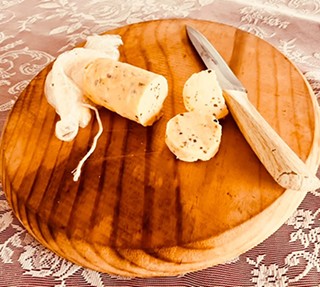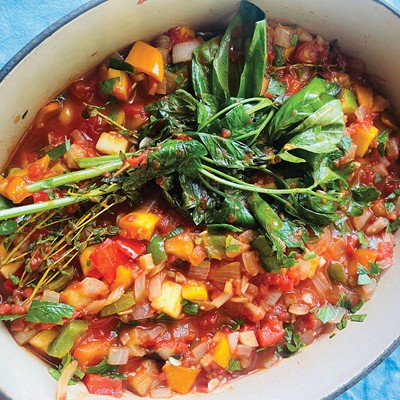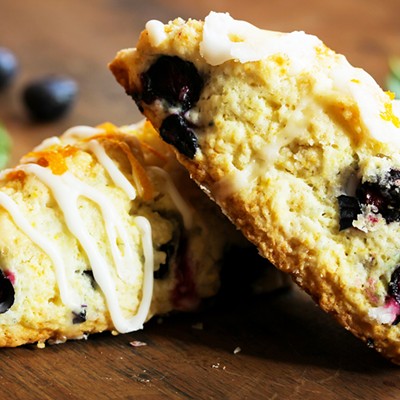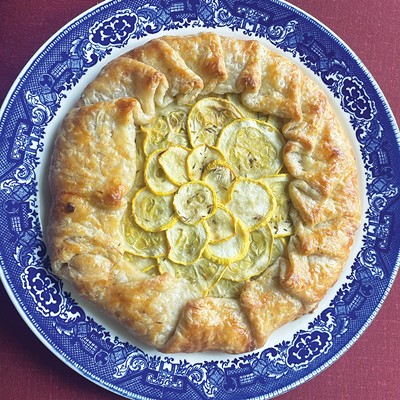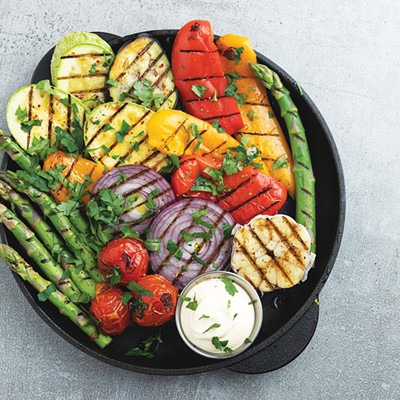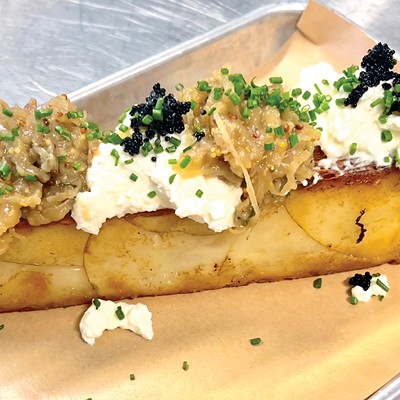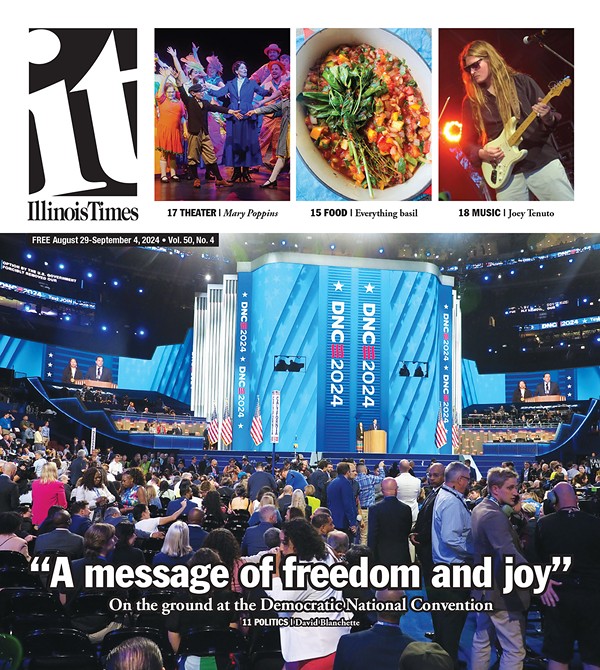My early childhood religious upbringing was predominately guilt-driven, and over the years, many of the things that have given me pleasure – such as butter – have been enshrouded in a veil of guilt.
I was born in the 1950s and grew up on margarine. When I went away to college in the 70s and tasted locally churned, cultured butter at the food co-op, I was smitten. I tried not to like it so much, but I was hooked. Cultured butter was my gateway to many other culinary delights.
So to briefly try to put to rest the guilt issue: butter is not bad for you. Too much butter, like too much of everything else, is bad for you. Butter has many beneficial nutrients, but too much butter will make you fat and unhealthy.
The Irish poet Seamus Heaney, who won the 1995 Nobel Prize in literature, described the butter that his grandmother was making in his poem Churning Day as: "heavy and rich, coagulated sunlight" and "heaped up like gilded gravel in the bowl."
Food chemist and author Harold McGee describes butter as "a portion of the sun's energy, captured by the grasses of the field and repackaged by the cow in scattered, microscopic globules, that imparts a warm, sweet richness to many foods."
There are many other fats that work better than butter for cooking your foods in. For example, I sauté mushrooms over high heat in grapeseed oil until all the water steams out and they start to brown and let out a squeak. Then I finish them off with a dollop of butter to add additional flavor.
Our restaurant had a secret gift exchange this past Christmas. The stipulation was that the gifts had to be something homemade, which, when you work around top-notch chefs, can be pretty exciting. One of the gifts I received was a log of compound butter studded with bits of truffle (the fungus, not the chocolate). It's been living in my freezer and I've enjoyed slicing off pats to finish off steaks or bump up the flavor of a baked potato.
Compound butters are made from room-temperature butter into which some flavoring and/or coloring has been kneaded; these can include herbs, spices, mushrooms, aromatics, stock and wine reductions or cheese. The mixture can then be spread on another food, or refrigerated, sliced and melted into a butter sauce over a piece of hot meat or vegetable.
Butter's workable consistency makes it easy to incorporate tasty ingredients and spread the flavors evenly over other foods. A dollop over a hot steak will slowly melt and emulsify itself with the meat juices to create an elegant sauce with complexity and flavor. Restaurant chefs often top salmon fillets, shrimp, and mussels with a compound lemon butter.
Compound butters are a convenient tool to have in your cooking arsenal. They add complexity to your dishes but are simple to make. You can make them in advance, wrap them in a few layers of plastic wrap, freeze them, then slice off a portion whenever needed. When I don't have pots of fresh herbs handy, I'll end up spending $3 on plastic clamshell packages at the grocery store. After removing the three sprigs of thyme that the recipe requires, too often the rest of the bunch dries up, neglected in my fridge's produce drawer. Now, when I have a surfeit of herbs, I'll spend a few minutes working them into softened butter with some minced-up shallot or garlic and roll it up into a plastic-wrapped log for the freezer, ready to be sliced and placed on top of whatever I'm cooking.
I only buy unsalted butter. Using unsalted butter gives me control over the amount and type of salt. I like to season the butter myself with good-quality sea salt, such as Celtic Grey or Himalayan Pink Salt. I especially like unsalted, European-style butter. The higher fat content really works well for compound butters.
Beurre Maitre d'Hotel (Maître d'Hôtel Butter)
Maître d'Hôtel Butter has its origins in classical French cooking. It was traditionally prepared and
served at the table by a restaurant's head waiter, known as the maître d'hôtel.
Ingredients:
1 stick of unsalted butter, softened
4 tablespoons finely chopped parsley
1 lemon, zested, plus 1 tablespoon of juice
2 medium cloves garlic, minced
1/2 teaspoon Worcestershire sauce
1/2 teaspoon sea salt
1/4 teaspoon freshly ground black pepper
1 pinch of cayenne pepper (optional)
Preparation:
With a fork, combine all the ingredients in a bowl until evenly distributed throughout the butter.
Moisten your work surface with a damp cloth and lay out a sheet of plastic wrap. Smooth the plastic wrap with the damp cloth and lay a second layer of plastic wrap atop the first.
Shape the butter into an even log along the bottom third of the plastic wrap. Carefully lift up the bottom edge and tightly wrap around the butter to create a tight log.
Tie a knot at one end of the log, then push the butter into a tight log and tie the second knot.
Use a marker to label and date the butter, then store it in the freezer. Chill for two hours.
To use, simply slice off portions from the frozen log and allow them to melt over your vegetables, meat or fish.
Roasted squash with miso butter
I spent the first summer of the pandemic camped out on my bus in Ann Arbor at Zingerman's Roadhouse. I had the opportunity to work for a few weeks at Zingerman's Korean restaurant, Miss Kim. I used to make this miso butter to serve with roasted butternut squash. This is representative of the dishes that got Chef Ji Hye Kim named to Food & Wine's list of Best New Chefs of 2012 and a James Beard Award for Best Chef semifinalist.
Ingredients:
1/4 cup white miso
1 stick unsalted butter, softened
1 butternut squash
Canola oil
Freshly ground black pepper
Minced chives
Preparation:
Preheat oven to 350°F
With a fork, combine the miso and butter in a bowl.
Cut the squash in half, lengthwise. Scoop out all the seeds and peel. Slice the squash into 1/4'' thick half-moons.
In a mixing bowl, lightly coat with canola oil. Spread out on a sheet tray.
Roast the squash in preheated oven for about seven minutes, or until the squash is fully cooked, but not browned.
Place a handful of cooked butternut squash and 2 tablespoons of miso butter in a sauté pan over medium heat. Add a pinch of black pepper and toss until the squash is well coated. Take off the heat. Serve topped with minced chives.

